Identify results and difficulties, limitations
Regarding the General Education Party Cell's representative sharing about this content, Mr. Thai Van Tai, Party Cell Secretary, Department Head said: Regarding the streaming work, the implementation of the 2018 General Education Program according to the capacity development orientation has created conditions for 10th grade students to choose a subject combination suitable to their strengths, abilities and career orientation. This is an important step in forming an early streaming mechanism right from the secondary school level.
Regarding STEM education, activities have been deployed relatively widely and flexibly in many localities through forms such as integrated lessons, interdisciplinary projects, science and technology competitions, STEM club models, and STEM festivals in schools. These efforts initially created interest in learning, stimulated creative thinking and developed problem-solving skills for students. Some localities have proactively connected with businesses and research institutes to build learning models associated with production practices.
The content, methods and forms of vocational education, in which STEM education is identified as playing an important role in vocational education, have been developed and effectively implemented in the 2018 General Education Program. The teaching staff and facilities serving teaching associated with vocational education and STEM education have been significantly enhanced. More and more social resources are mobilized to participate in vocational education and STEM education activities in general schools.
However, career guidance and STEM education in recent times still have limitations. Many parents still perceive university as the only way to start a career. Pressure from exams causes many high schools to disregard career guidance, focusing only on exam preparation. The number of teachers doing career guidance work is still insufficient, mostly part-time, and have not been deeply trained in career counseling skills. The capacity of teachers implementing STEM education is still uneven.
The content, methods, and forms of career guidance and STEM education in general schools are still limited. In particular, labor market information is not updated and lacks connection with reality. There is no synchronous and linked career data system between ministries, sectors, and localities. Experiential and career guidance activities are still formal.
Many schools organize career guidance activities that are still formal and lack depth, not really helping students clearly identify their career orientation. The streaming work is still not sustainable. The content and form of STEM education in many places are still monotonous and not linked to reality.
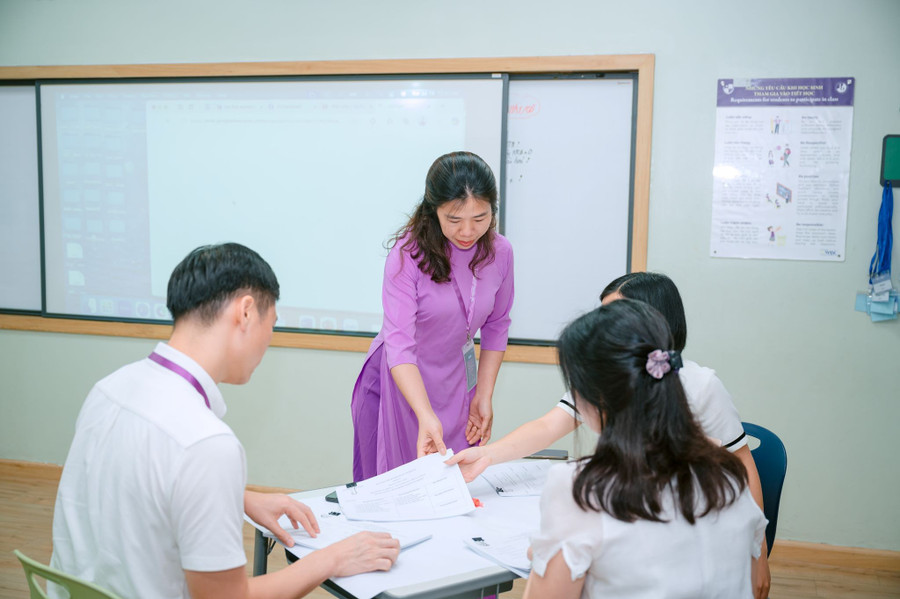
Perfecting policy mechanisms and strengthening resources
In order to improve the quality and effectiveness of career guidance and STEM education in the coming time to meet the goals of scientific and technological breakthroughs, innovation and national digital transformation as required by Resolution No. 57-NQ/TW, the solutions were proposed by the Party cell of the Department of General Education.
Accordingly, the solution for vocational education is to perfect institutions and policies: promulgate regulations on competency standards and job positions for vocational teachers; integrate vocational education content more deeply into the general education program with reasonable duration.
Team development: build standardized training programs on counseling skills, exploit labor market data for teachers; encourage the recruitment of specialized counseling staff in high schools.
Innovate content and methods: develop a national career guidance platform and a database of occupations and the labor market; strengthen cooperation with businesses, and link career guidance content with key economic sectors of the locality.
Strengthen communication: promote the meaning of streaming, successful examples from vocational training; organize dialogue forums between parents - schools - businesses to change social awareness.
Strengthening resources: increasing budget investment, while promoting socialization from enterprises and social organizations; linking traffic flow planning with local socio-economic development planning and human resource forecasting.
For STEM education, solutions are also related to policy mechanisms; developing teaching staff; innovating content, methods and applying digital technology; increasing investment and socializing resources; promoting cooperation and developing the STEM education ecosystem. Specifically:
Perfecting mechanisms and policies: issuing separate directives on STEM education to create a consistent legal basis; developing a STEM education development strategy for the 2026-2031 period associated with digital transformation; regulating STEM teacher competency standards and integrating STEM education targets into local socio-economic development plans.
Developing the teaching staff: organizing specialized training programs, developing core teaching staff at each level and locality to act as a spreading force; encouraging and creating mechanisms for teachers of different subjects to cooperate in implementing interdisciplinary STEM topics.
Innovating content, methods and applying digital technology: enhancing the development of STEM projects and lessons associated with solving regional economic, social and environmental problems; building a national digital platform on STEM education to share learning materials and support implementation.
Increase investment and socialization of resources: prioritize budget, encourage socialization, call on businesses to sponsor equipment and materials; have policies to prioritize investment in facilities and STEM learning materials for disadvantaged areas, mountainous areas and islands.
Promote cooperation and develop the STEM education ecosystem: establish sustainable partnerships between schools and businesses, research institutes and social organizations; build STEM models suitable for local realities such as smart agriculture or preserving cultural identity.
The Party Cell of the General Education Department proposed that the Party Committee of the Ministry of Education and Training issue a specialized Resolution or include it in the action program of the new term, in order to strengthen the leadership of Party committees at all levels in directing the implementation of Resolution No. 57-NQ/TW dated December 22, 2024, identifying the development of science, technology, innovation and digital transformation.
For the Ministry of Education and Training, the Party Cell of the General Education Department proposed to soon complete and submit to the Government for promulgation a Decree regulating career guidance and streaming education. Continue to direct and have solutions for localities to effectively implement career guidance and STEM education; ensure good streaming after junior high school, increase the rate of students choosing subjects according to STEM education orientation to create human resources in science, technology and engineering at high school level; strengthen training for teachers on integrated teaching methods and STEM education.
At the same time, there are synchronous solutions to promote post-secondary education, increase the rate of students choosing STEM subjects at high school level, contributing to the development of human resources in science, technology and engineering for the country.
Source: https://giaoducthoidai.vn/giai-phap-nang-cao-hieu-qua-giao-duc-huong-nghiep-giao-duc-stem-post745088.html


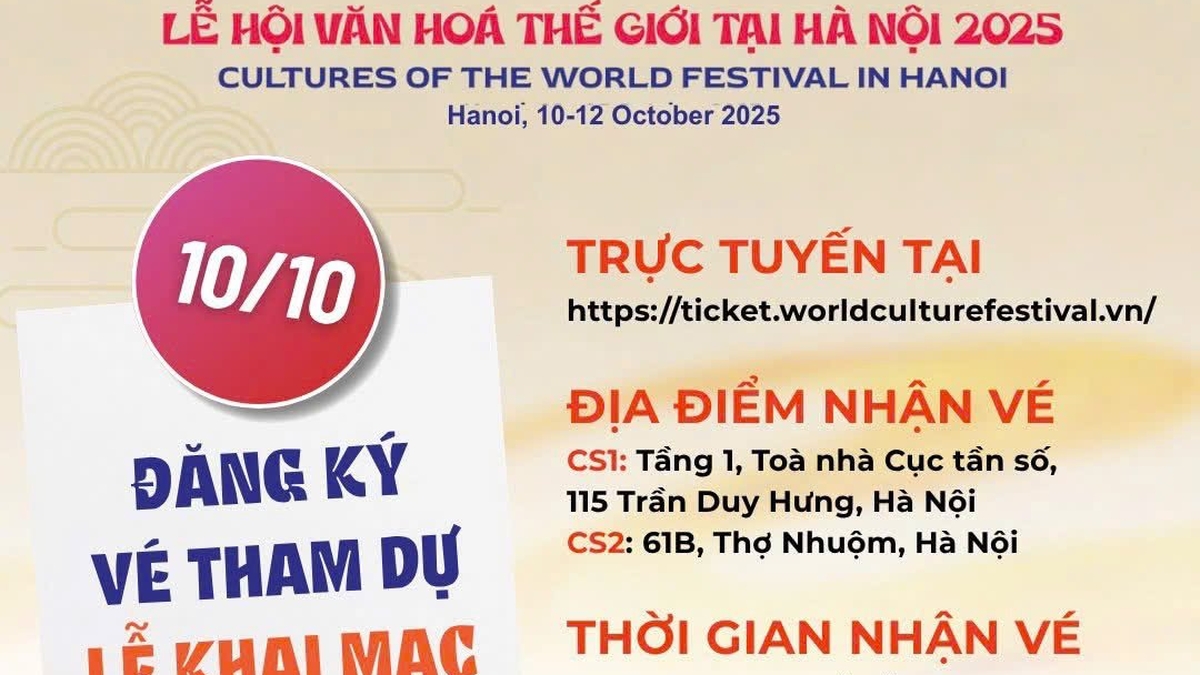



![[Photo] Prime Minister Pham Minh Chinh chairs the Conference to deploy the National Target Program on Drug Prevention and Control until 2030](https://vphoto.vietnam.vn/thumb/1200x675/vietnam/resource/IMAGE/2025/10/09/1759990393779_dsc-0495-jpg.webp)
![[Photo] Prime Minister Pham Minh Chinh chairs a meeting of the Government Standing Committee on overcoming the consequences of natural disasters after storm No. 11](https://vphoto.vietnam.vn/thumb/1200x675/vietnam/resource/IMAGE/2025/10/09/1759997894015_dsc-0591-jpg.webp)
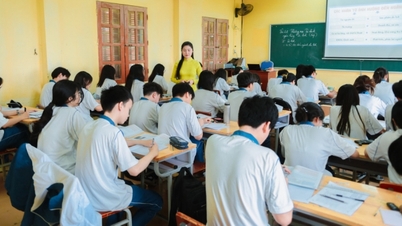


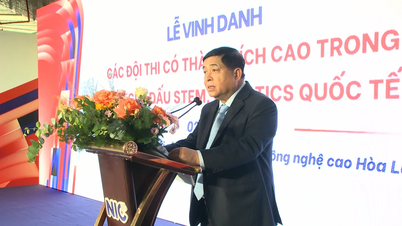

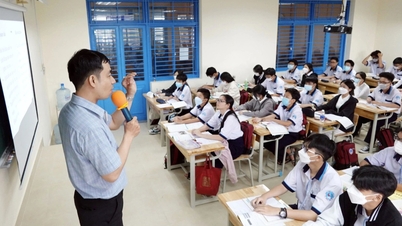

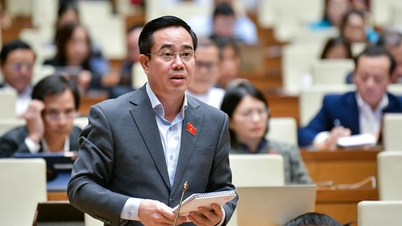



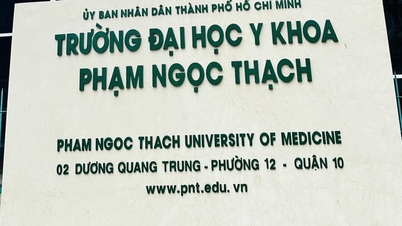




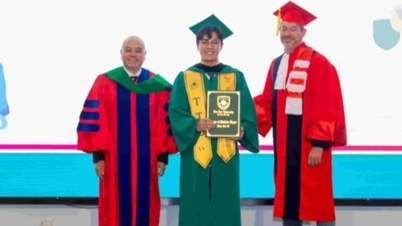











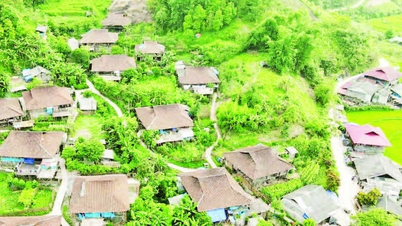

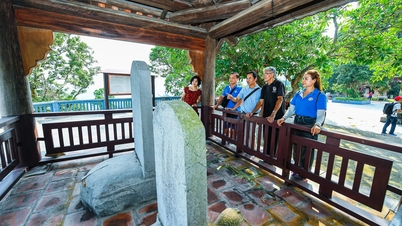


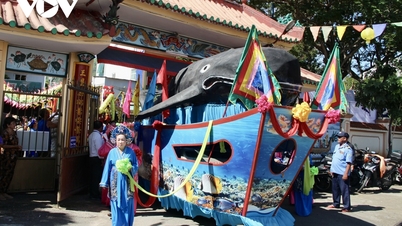




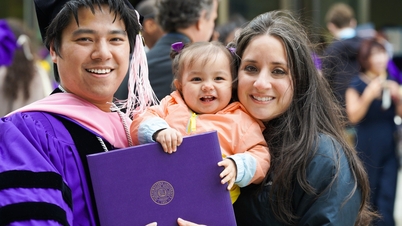














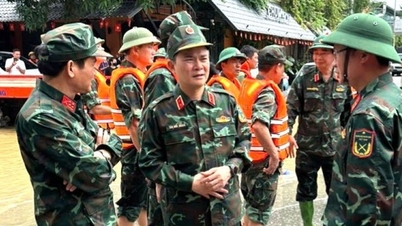






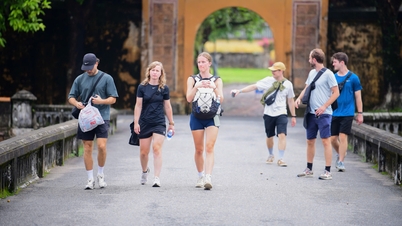
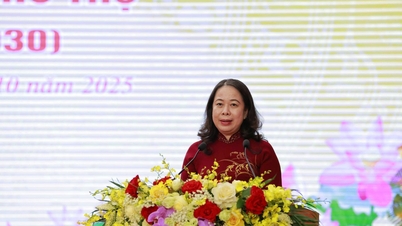






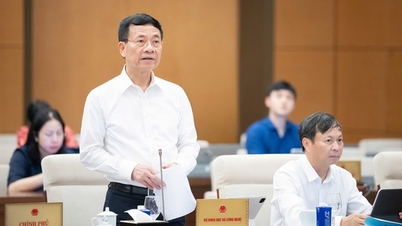





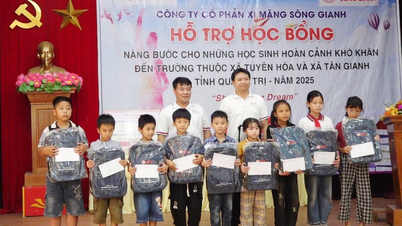



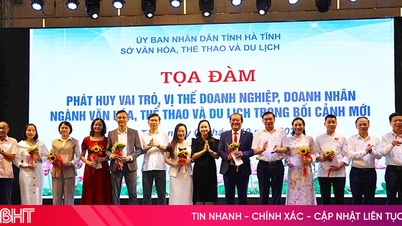

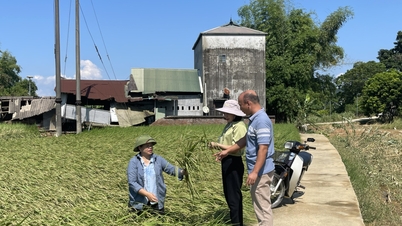









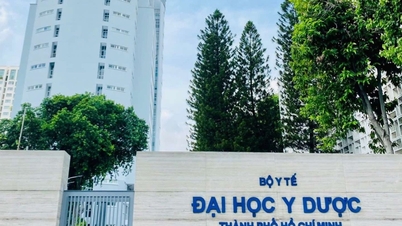







Comment (0)